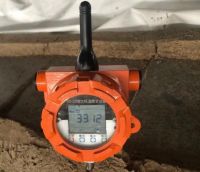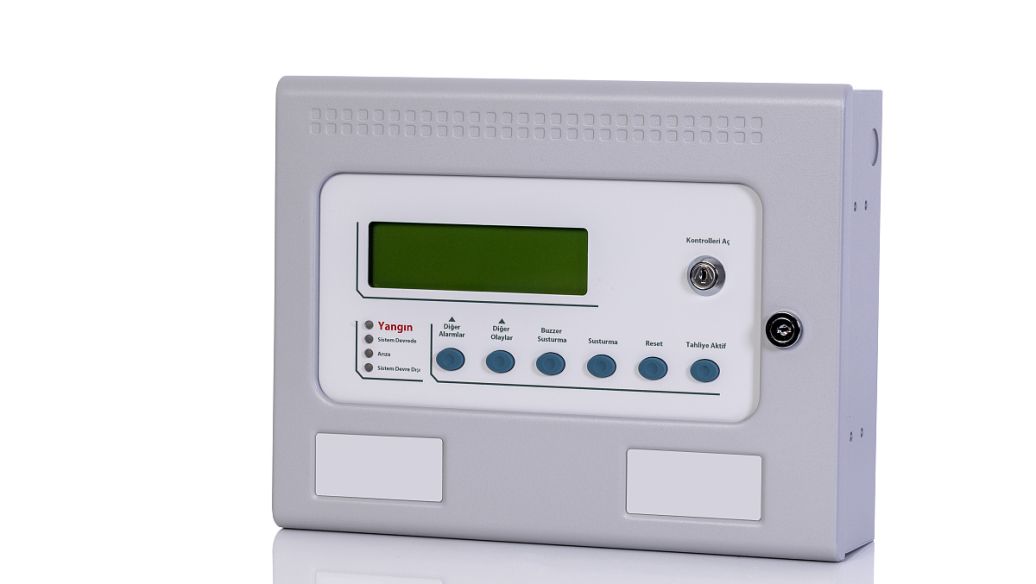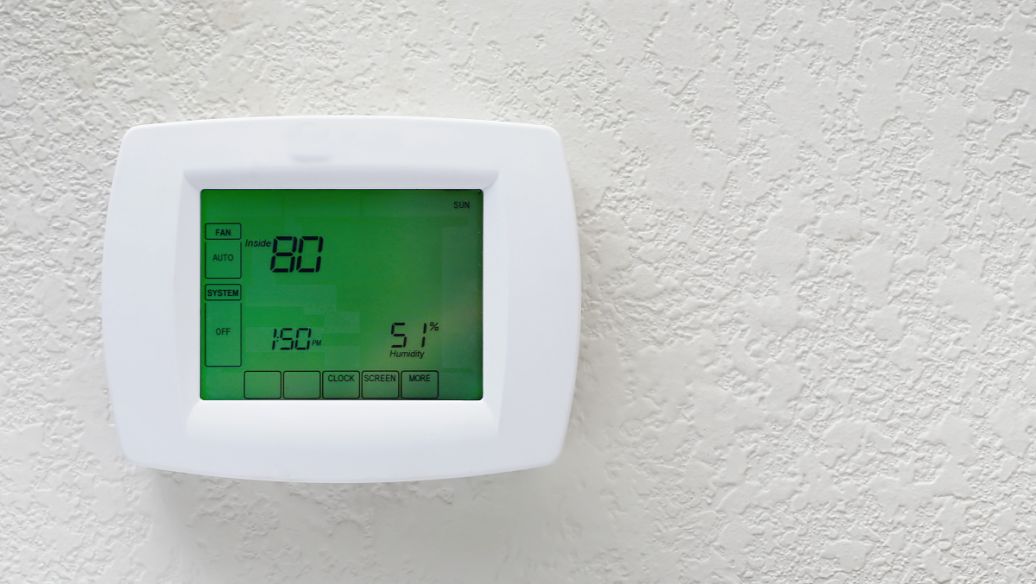In the process of brewing liquor, the fermentation in the cellar is very important. When entering the cellar, the temperature and humidity of the cellar will affect the taste of the liquor. Generally speaking, the fermentation time in the cellar is about 1 month, but the specific fermentation time depends on the actual situation of the koji and the cellar.
When entering the cellar, you need to pay attention to the following three principles:
1. Temperature control : The temperature when entering the cellar should be controlled between 18℃-22℃, not too high or too low. If the temperature is too high, the microorganisms in the koji will be killed, resulting in fermentation failure; if the temperature is too low, it will affect the taste and quality of the liquor.
2. Humidity control: The humidity when entering the cellar should be controlled between 50%-60%. If the humidity is too low, the microorganisms in the koji will not reproduce normally, affecting the fermentation effect; if the humidity is too high, the koji will become soft and lose its original aroma and taste.
3. The amount of koji: The amount of koji should be determined according to the actual situation, generally controlled between 10%-20% of the weight of the grain. If too much koji is used, the wine will taste bitter; if too little koji is used, the fermentation effect will be affected.

When entering the cellar, you need to pay attention to the following three principles:
1. Temperature control: The temperature when entering the cellar should be controlled between 18℃-22℃, not too high or too low. If the temperature is too high, the microorganisms in the koji will be killed, resulting in fermentation failure; if the temperature is too low, it will affect the taste and quality of the wine.
2. Humidity control: The humidity when entering the cellar should be controlled between 50% and 60%. If the humidity is too low, the microorganisms in the koji cannot reproduce normally, affecting the fermentation effect; if the humidity is too high, the koji will become soft and lose its original aroma and taste.
3. The amount of koji: The amount of koji should be determined according to the actual situation, and is generally controlled between 10% and 20% of the weight of the grain. If too much koji is used, the wine will taste bitter; if too little koji is used, the fermentation effect will be affected.
The mysterious cellar temperature rise curve starts from the time when the raw materials enter the cellar. As we all know, after the production of liquor is completed, once the raw materials enter the fermentation cellar, we can only leave it to fate in many cases. Even if there is a production abnormality, we feel helpless. Many friends have read some professional books on liquor production, but they don’t understand some of the professional terms or abbreviations in them. For example, in the fermentation process, other indicators except temperature monitoring are not easy to monitor or adjust. Therefore, in the fermentation process, the temperature rise and fall and changes have a vital guiding significance for liquor production. Today, I will share with you the mysterious temperature curve of “slow in the front, strong in the middle, and slow in the back” often said in the fermentation stage.
Slow in the front
Generally, the temperature of the cellar is controlled at 23~25 degrees after the saccharification dregs are finished. The fermentation stage in the pool is about 24 hours (also called pre-fermentation). The temperature rise in the cellar is relatively slow, usually 2~4 degrees. At this stage, the microorganisms are still in their own reproduction period, mainly for number proliferation, to prepare for the subsequent fermentation and wine production.
Fermentation takes about 48 hours (main fermentation), and the temperature rises sharply, usually by 5 to 6 degrees. Fermentation takes 72 hours (post-fermentation), and the temperature rises by 1 to 2 degrees. The
first slowdown mainly reflects the ability of microorganisms to reproduce and produce wine. If the temperature entering the pool is too high, the microorganisms will reproduce too quickly, and the heat will be concentrated in a short time, and the heat cannot be dissipated. If the temperature rises too fast and too violently, it will easily lead to rapid aging of microorganisms, decreased metabolic capacity, and reduced starch consumption and wine production. The excess starch will be used by miscellaneous bacteria, resulting in a strong smell of finished wine.
Middle-tight
Fermentation takes 96 to 120 hours, and the temperature is stable, basically not rising or falling; the middle-tightness reflects the process of relative balance between wine production and aroma production. A slightly longer time of tightness is conducive to the formation of liquor aroma substances.
Post-slow-down
After 120 hours of fermentation, the temperature drops by 1 to 2 degrees, and after 144 hours of fermentation, the temperature drops by 3 degrees, and then continues to drop to room temperature or ground temperature.
Usually, the fermentation temperature of liquor is controlled below 37 degrees. At this temperature, it is conducive to the formation of liquor and aroma substances, and the liquor yield and quality are quite good. Many winemakers mistakenly believe that a high fermentation temperature does not matter and can shorten the fermentation time. In actual production, if the top temperature of the fermentation exceeds 40 degrees, it will aggravate the production of bitter substances. If the top temperature of the fermentation is too high, glycerin can be easily decomposed by yeast into acrolein, which has a persistent bitter taste and is highly irritating.
The wireless temperature measurement system for winery cellars is a standard solution that includes both hardware and software .
business background
When it comes to the temperature measurement of the cellar, we have to start with the fermentation tank of the winery. The fermentation tank of the winery refers to a kind of equipment used for the production of wine, usually made of stainless steel or fiberglass, and the size can be customized according to production needs. During the brewing process, the brewer will put a large amount of malt, water and yeast into the fermentation tank and let it ferment naturally. During the fermentation process, the yeast will decompose the sugar in the malt to produce alcohol and carbon dioxide, thus turning the wort into wine.
The importance of temperature in wine fermentation
Temperature is a very important factor in the fermentation process of the winery, which directly affects the growth and metabolism of yeast and microorganisms. Generally speaking, the optimal growth temperature of yeast is between 20-30°C. Within this temperature range, yeast can quickly carry out metabolic activities such as sugar decomposition and alcohol fermentation, thereby producing the required wine.
If the temperature is too high or too low, it will have an adverse effect on the fermentation process. Too high a temperature will cause the yeast to die or mutate, thereby reducing the quality of the wine; too low a temperature will slow down the growth of yeast and microorganisms, making the fermentation process slow or even stagnant, which will also affect the quality of the wine.
Therefore, in the winery, the staff needs to strictly control and manage the temperature to ensure that the fermentation is carried out within the appropriate temperature range. At the same time, it is also necessary to adjust the appropriate fermentation temperature according to different types of wine to achieve the best fermentation effect and taste quality.
At present, China generally adopts the more traditional method of measuring the temperature of distiller’s grains: manually inserting a glass temperature and humidity sensor into the distiller’s grains pile for manual measurement and recording. This operation mode has the following shortcomings:
1. The length of the glass thermometer itself is limited, generally not exceeding 0.3 meters. Considering the depth of a cellar (generally 2-3 meters), it is impossible to measure the temperature of the lees at a deeper position. It can only measure the temperature on the surface of the lees pile, which cannot reflect the temperature inside the cellar, and its practical significance is greatly reduced.
2. Heavy workload, untimely records, and low efficiency. For larger fermentation rooms, there are dozens or even hundreds of monitoring points in each fermentation room, and there will be multiple fermentation rooms. With such a scale, it takes 4-6 hours for a worker to measure the temperature from beginning to end. It is good to record the temperature twice a day, and the workers will be very tired. In the long run, some people can’t bear it. At the same time, the recorded data is not synchronized, the comparability is poor, the data taken has little practical significance, and the work efficiency is very low. If the number of workers is increased, the production cost will inevitably increase.
3. The data is not continuous, and it is difficult to observe the trend of temperature changes during the fermentation process. It is not convenient to make a systematic analysis and judgment of the fermentation process, which is not conducive to the improvement and enhancement of the fermentation process. The recorded data of one day is only a few short time periods, and if it is at night, especially from late night to dawn, it is difficult to ensure the authenticity and validity of the recorded data by manual recording, and it is also impossible to supervise the workers.
4. Errors or omissions in manual data entry often occur. At the same time, it is difficult for different workers to unify the measurement points, and the comparability of the measured data is poor. For the lees pool that is more than 1.5 meters deep, ordinary thermometers can hardly measure deep places. They can only measure the surface temperature, which is difficult to reflect the temperature status at different depths of the lees pool, and it is difficult to ensure the accuracy and completeness of the data entry.
5. The monitoring data cannot be traced. It is difficult to ensure the consistency and traceability of the scattered data. It takes a lot of effort to enter the data recorded in the book into the computer, which is not convenient for management.
6. The older data monitoring and recording methods are incompatible with the corporate development concept and development direction of modernization, informatization and automation , and will inevitably have an adverse impact on the development of the company. Keeping pace with the times, improving and enhancing the temperature monitoring method of the wine lees fermentation process, and adopting modern, automated and intelligent monitoring and management methods are the top priorities that each of our companies must pay attention to and give priority to. It is urgent, important, and will achieve twice the result with half the effort, and it is of great significance!
2. The intelligent lees temperature measurement system ideally solves the above-mentioned problems and is a temperature monitoring solution that major wineries are vying to adopt.
Inner Mongolia Deming Electronic Technology Co., Ltd. has developed the cellar wireless temperature monitoring and management system. This system completely solves the above problems. The system consists of a wireless multi-point temperature measuring rod, a wireless data transmission device and monitoring software. The wireless multi-point temperature measuring rod is a removable device that is inserted into the cellar during fermentation. It can measure the temperature of up to 6 points from top to bottom and transmit it to the monitoring software of the monitoring center through wireless signals; the monitoring software is used to monitor the real-time temperature of all cellars online and automatically store all data. It has the following functions:
During the fermentation process of wine lees, temperature and humidity play a vital role: the appropriate temperature plays an ideal role in promoting the fermentation of wine lees, allowing us to obtain a more ideal fermentation effect and explore the scientific and reasonable temperature and humidity for wine lees fermentation. This is of great significance for further improving the taste and quality of the wine, and it plays a very important role in improving the market competitiveness of enterprises and increasing the degree of automation in winemaking.
The cellar temperature data is continuously and automatically recorded and stored, and the temperature data and curves are displayed in real time, and the historical data and curves are displayed. The historical data can be exported to Excel format; the historical data of
cellar temperature of different batches can be compared and big data analysis can be performed;
low temperature and high temperature alarms can be set and sound and light alarms can be automatically prompted. Provide low battery alarm function
Users access the cellar temperature monitoring management software through computers or mobile phones. Support user authority management to ensure that personnel at different levels access data at different levels, and improve data security and privacy
Associate the parameters of wine lees entering and leaving the pool: acidity, moisture, starch, residual sugar, crushing degree, distillation vapor pressure, alcohol content, wine yield, and premium rate;
Intelligent temperature monitoring of the wine lees fermentation process can replace the traditional temperature measurement tools through the IDM-1B wine lees thermometer (IDM-1 temperature sensing rod, bus link available) to display in single bus layers. For example, a deeper wine lees pool can be divided into three layers: upper, middle and lower, and its temperature is monitored separately. For the measurement of humidity in the wine lees, the company has designed the IDM-1C humidity sensor, which has the characteristics of small size, durability, waterproof and moisture-proof, sensitive response, and extended probe rod.
During the fermentation of liquor, the brewing microorganisms in the cellar grow and decline with the fermentation process, and metabolize to produce various aromatic and flavor substances, which determine the quality of the liquor. Temperature has an important influence on the growth and metabolism of microorganisms, so it is of great significance to accurately and completely monitor and control the internal temperature of the wine cellar.







